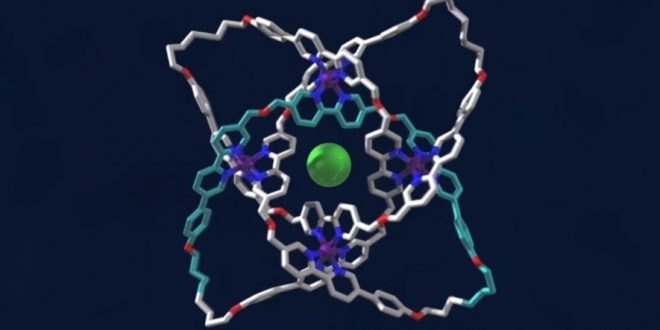Scientists have managed to bind certain molecules into the tightest of knots ever seen by mankind.
University of Manchester researchers have done it once again. They have tied the tightest knot which is indeed quite an accomplishment for science and technology. This experiment will serve as the basis for future materials that have the greatest of durability and tenacity.
The 192-atom-knot is made up of eight crossings of molecular strands and metal ions, and was achieved through a special tying technique called “self-assembly.” Molecular strands of oxygen, nitrogen, and carbon are wrapped around iron ions “forming crossing points at the right places—just like in knitting,” said chemist and leader of the study David Leigh. These, in turn, are wound around a chloride ion sitting in the very center of the knot, like the nucleus of a rubber band ball.
All that’s left in the process is to fuse the ends of the strands together with a catalyst to complete the loop, and voila, you’ve got the the almighty knot of knots. The whole thing is 20 nanometers—or 20 millionths of a millimeter—long.
All this knot tying of atoms helps scientists explore the strength and elasticity of different structures, which is a key component of developing new materials. If you can weave together polymer strands (that is, small molecules arranged in a repeating structure to create a larger molecule), instead of running them parallel to each other like plastics used in bulletproof vests and kevlar you can make infinitely stronger, yet lightweight and flexible, materials. Almost like the woven threads of a quilt.
“Some polymers, such as spider silk, can be twice as strong as steel, so braiding polymer strands may lead to new generations of light, super-strong and flexible materials for fabrication and construction,” said Leigh in a public statement.
The eight-crossings molecular knot, as it’s called, is so far the most complex woven molecule ever created by scientists, which is a landmark achievement.
Agencies/Canadajournal
 Canada Journal – News of the World Articles and videos to bring you the biggest Canadian news stories from across the country every day
Canada Journal – News of the World Articles and videos to bring you the biggest Canadian news stories from across the country every day



